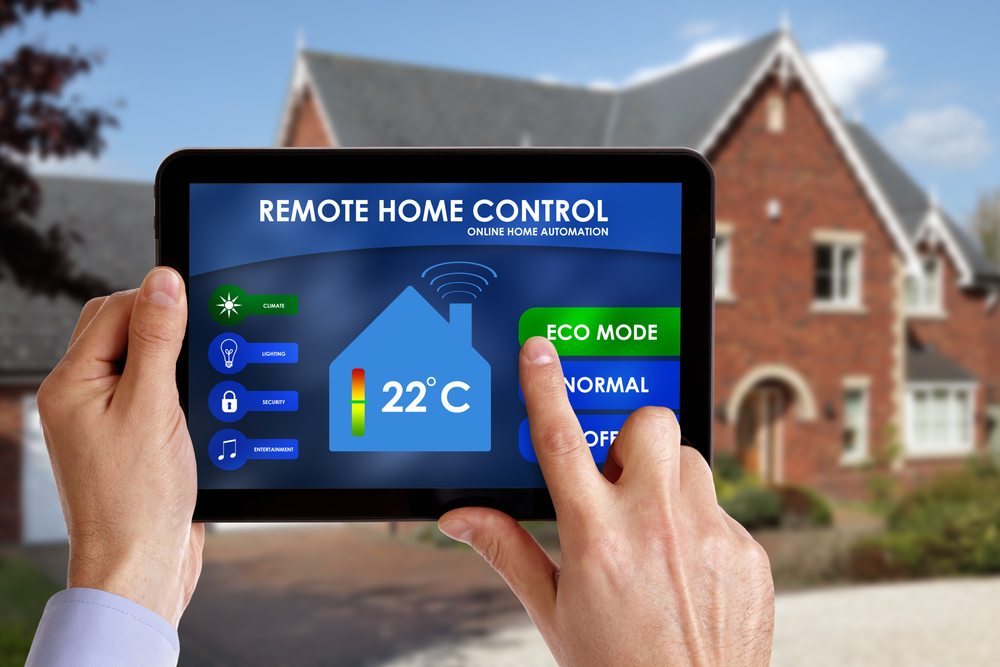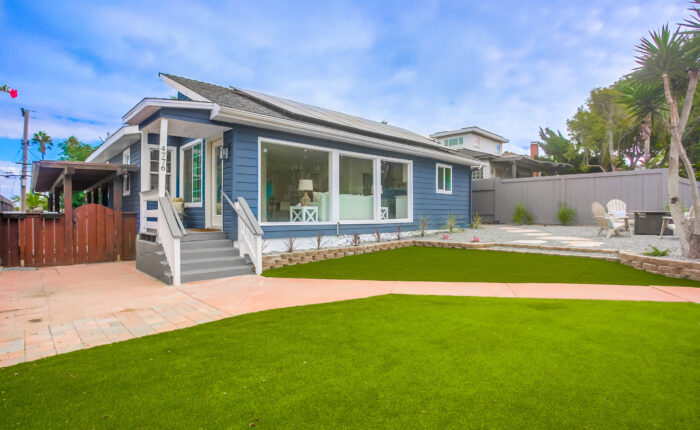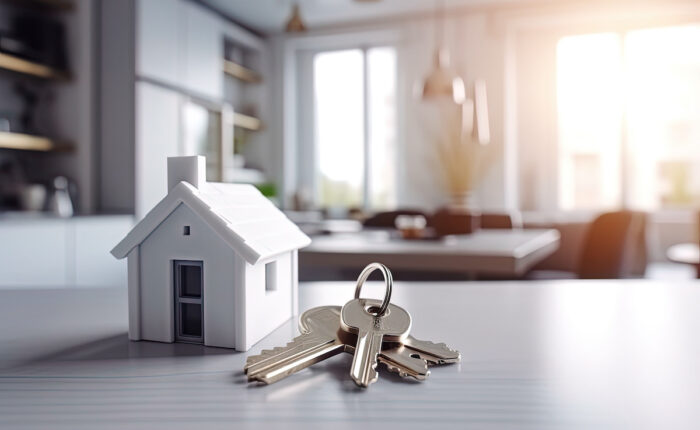The Internet is rapidly expanding into our homes, and has already seen itself become one of the most influential tools of all time. So what are some of the latest smart home applications making their way into homes and commercial businesses? More importantly, how can they be wielded by today’s property professionals?
The Web of Things
Whether you call it The Internet of Everything (IoE), the Internet of Things (IoT), or the Web of Things (WoT); technology is going beyond office computers and mobile devices. Much like Google’s Chrome browser, which enables users to seamlessly switch devices as they go about their lives while remaining connected, the IoE allows us to never become disconnected from our homes, even when we are thousands of miles away.
Smart Home Technology
From a B2C (Business to Consumer) perspective, homes are the biggest market for new technology being developed. Some analysts have predicted homeowners will have hundreds of smart devices in their homes within the next four years. That’s a big leap for those that have none now. New smart home apps include:
- Garden and lawn irrigation apps that read the weather and automate care
- Smart refrigerators that help with grocery shopping
- Remote temperature control
- Remotely controlled locks and home security
- Smart lighting
- Apps that learn your habits and control your environment
More Than Geek Fashion
These apps will do more than make homeowners feel great about having the latest gadgets or more convenience: they will continue to bring down the cost of homeownership, the cost of holding and operating rental properties. They will reduce overall living costs, while improving home safety. Beyond these factors, seamlessly integrating technology into the home will mean less waste and damage to the environment, a boost to the economy, and a little more productivity in daily routines.
The Internet of Things for Business Users
While the consumer market for new connected devices is huge, just when looking at in-home technology alone, the impact on the national economy and commerce could be far larger. We are talking about the potential of creating hundreds of thousands of jobs, spurring the launch of many new startup businesses, and empowering the survival of many established businesses with long-term employees. This has the potential to have far more impact than just smartphones, tablets, digital marketing, or even driverless cars. Eventually this will funnel down to activity in commercial real estate markets; and create need for new spaces, spawn new tech districts and hubs, and more.
Business & Office Use
The commercial properties where this technology is designed, manufactured, and shipped from, as well as all other commercial buildings, can benefit from the IoE too. In fact, some anticipate far more uses of real estate automation and apps for commercial real estate and B2B than in homes. In the future, everything will be connected, from landscaping to building exteriors – which can generate everything from their own energy, to intelligent supply of water and power, interior smart security and defense systems for valuable equipment, data, property, and personnel, to automating ordering, inventory, and more.
From a CEO’s perspective, this stands to create incredible savings in operational expenses. It will also make businesses more efficient and allow them to focus more manpower, brainpower, and time on their core business and growth, rather than running an office which supports the main goals.
As a CEO or branch manager, enhanced automation and smart offices have the potential to dramatically improve personal performance and productivity. You no longer have to worry about the menial tasks or even managing a small army of others to do these functions, and can instead get to brainstorming, strategy, and real deal and money making activities. Couple this with home automation and the compounded results will make connected executives and managers look far more effective than their dial up speed predecessors.
The potential uses and positive impact for real estate professionals could far exceed most others, as the WoT has the potential to boost performance and services. Self-showings can be done via remotely unlocking doors, while visitors can be monitored by video or motion sensor and guided in real-time as needed. Security for vacant properties and rentals will be far superior, and waste can be ground to a halt.
For those that think they can continue to sit on the fence and be the last to adopt new technology in this space; consider the financial lead and advantage this would give the competition. The last thing you want to do is to go up against competitors with this technology.






